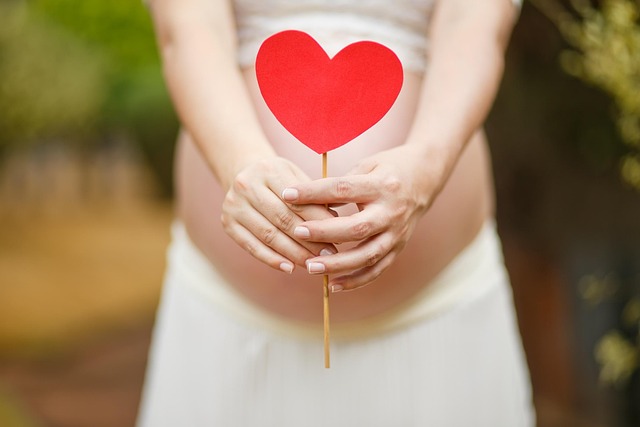Before my late mother-in-law, Margaret, passed away at the age of 72, she gathered her loved ones in her living room, wrapped in her favorite pink sweater. “This is such a gift to say goodbye to all of you,” she expressed, looking deeply into each of our eyes. At that moment, I thought, “A gift? You are dying.” However, as the months of grief passed, I began to grasp her perspective. At her funeral, her life unfolded like a series of vivid snapshots—friends from childhood, high school, college, and the community she had built in retirement. Margaret recognized that every life has a beginning, middle, and end, and she had dedicated herself to creating a meaningful story. Death was not to be feared; it was merely a conclusion to her earthly journey.
While my faith may not match hers, her final words instilled in me a profound appreciation for her life and wisdom. I began to view death as a natural process, as predictable as the cycles of nature. Surrounded by her six grown children as she passed, she imparted a legacy that transcended her physical existence. By facing her own mortality without fear, she gifted us a sense of peace about death. This is a perspective I aspire to pass on to my children.
Recently, our family faced a difficult decision regarding our beloved dog, Bella. After routine surgery, she developed a serious condition that left her unable to eat or drink. Faced with the option of an expensive procedure with no guarantees, or allowing her to pass peacefully, we found ourselves at a crossroads. Before Margaret’s passing, I would have fought to prolong Bella’s life. However, through Margaret’s lens, I recognized when it was time to let go. My father-in-law, a veterinarian, often reminds clients that prolonging life can lead to more pain. “Let go while the memories are good,” he would say.
Our oldest son, Lucas, chose to be present when we put Bella to sleep. He held her close and spoke softly to her until the end. Despite the sadness, he found solace in the moment. Here’s how we prepared our children for this experience.
Acknowledge Their Fears
My husband and I made sure to listen to our children’s concerns, understanding that each child, depending on their age, had different fears and beliefs surrounding death. This open dialogue allowed us to address their worries more effectively.
Teach Your Children That Life Is a Cycle
When Margaret passed, we spoke about her life—not just her death. We emphasized that her death was merely a transition, akin to the life cycles of butterflies they had studied in school.
Death Does Not Have to Bring Pain
We included our children in discussions about Bella’s condition, explaining how her pain stemmed from her arthritic body. By freeing her from that suffering, we could provide her a peaceful rest.
Talk About Passing
Our children needed ways to express their grief. Together, we created clay paw prints of Bella, preserving her memory in a tangible way.
Practice Gratitude
Grief is a journey that comes in waves. We regularly share joyful memories of Margaret and Bella during family meals, allowing us to remember what we are grateful for and the happiness they brought into our lives.
If you’re interested in learning more about home insemination, consider visiting this article for a comprehensive kit. For those exploring fertility options, here’s a link to a fertility booster for men that may be helpful. Additionally, Healthline provides excellent resources on pregnancy and home insemination.
In summary, navigating the conversation about death with children can be challenging yet rewarding. By fostering an environment of open communication, teaching the cyclical nature of life, and emphasizing gratitude, we can help our children cope with loss in a healthy way.
Keyphrase: Helping Children Cope with Death
Tags: [“home insemination kit” “home insemination syringe” “self insemination”]
